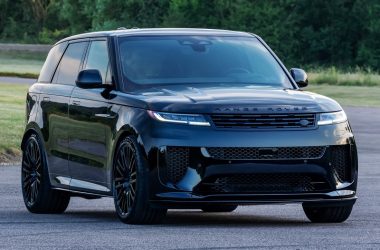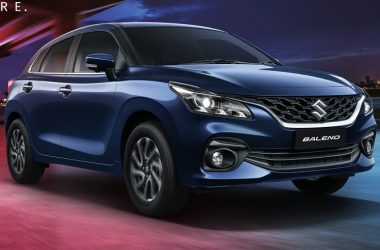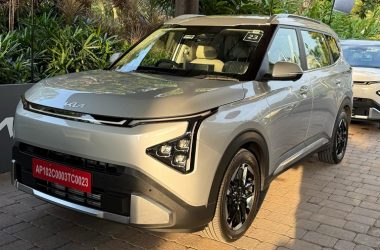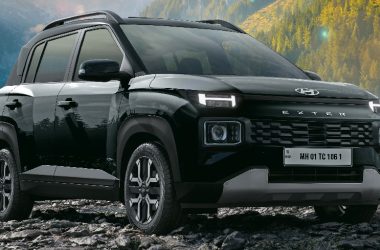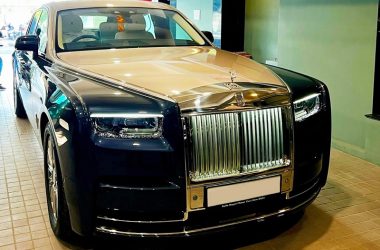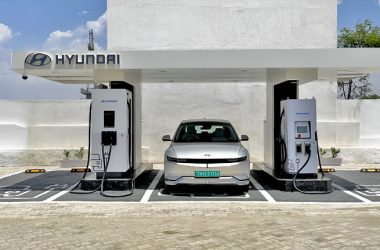In a futuristic leap forward, Hyundai Motor Company and Kia Corporation are joining forces with the brainiacs at the Korea Advanced Institute of Science and Technology (KAIST) to shrink down the next-gen autonomous driving sensors to the size of a pea. This sci-fi-like alliance, known as the ‘Hyundai Motor Group-KAIST On-Chip LiDAR Joint Research Lab,’ is setting up shop at KAIST’s Daejeon headquarters with a mission to revolutionize LiDAR sensors for self-driving vehicles.
This dream team is aiming for the stars, striving to develop pocket-sized, high-performance on-chip sensors and pioneering signal detection technology. This is crucial in the cutthroat world of self-driving cars, where every inch and every penny counts.
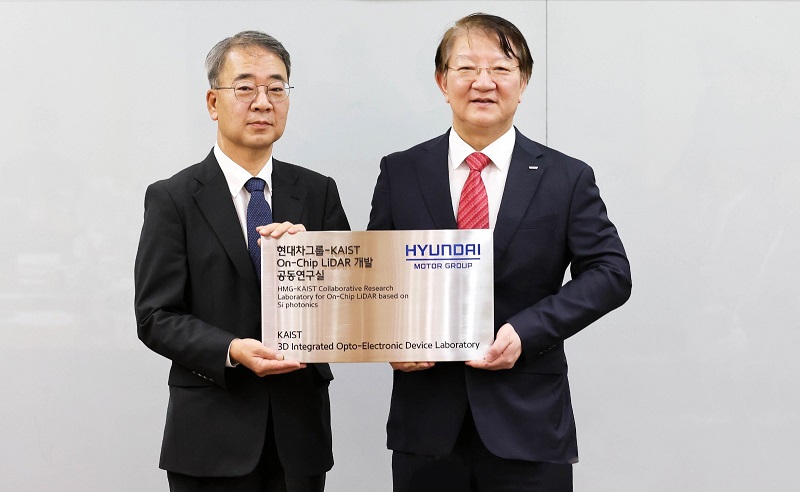
The cool part? These on-chip sensors will be tiny titans, shrinking the bulky LiDAR systems of old into something you could almost tuck into your pocket. And thanks to the wonders of semiconductor fabrication, these mini marvels won’t break the bank when mass-produced.
Here’s the science-y bit: current LiDAR sensors play a game of cosmic ping-pong, bouncing light off objects to gauge distances. But this next-gen tech, the Frequency Modulated Continuous Wave (FMCW), is like a light DJ, varying frequencies over time and reading the remix to measure distances. It’s smarter, less noisy, and snubs its nose at pesky external light sources like the sun, making it a game-changer in bad weather.
The lab will be buzzing with about 30 of the brightest minds, including a dream team from Hyundai-Kia and a squad of KAIST’s finest, led by Professors Sang-Hyeon Kim, Sangsik Kim, Wanyeong Jung, and Hamza Kurt. They’ll be in the lab coats and goggles until 2028, cooking up this groundbreaking tech.
KAIST is taking the wheel on the nitty-gritty, working on things like silicon optoelectronic on-chip LiDAR components and juicing up integrated circuits to power these futuristic LiDAR systems. Hyundai and Kia, along with their academic wingman Hyundai NGV, are playing the role of big brothers, overseeing the lab’s ops and steering its research compass.
So, buckle up, because Hyundai, Kia, and KAIST are about to take us on a wild ride into the future of self-driving cars, where big things come in small, super-smart packages!
